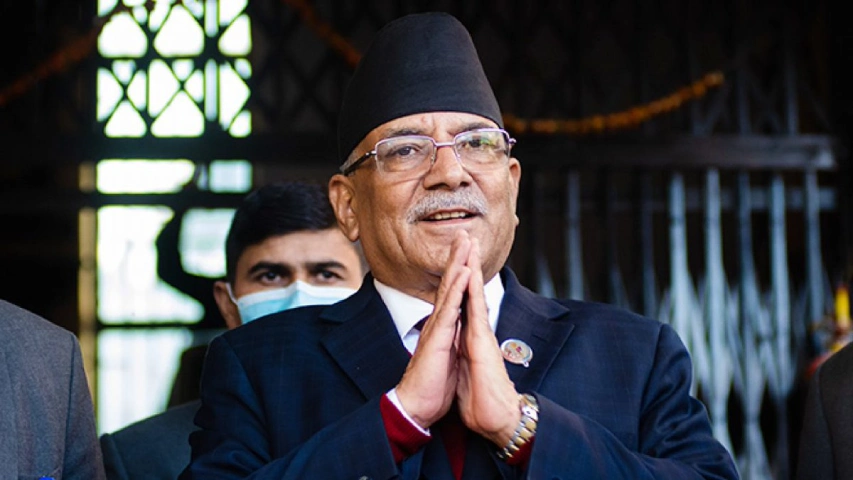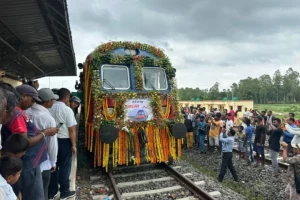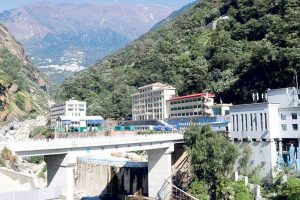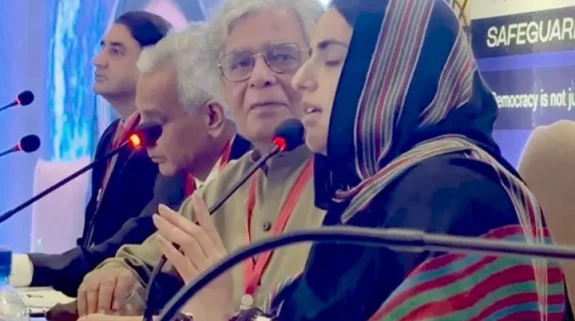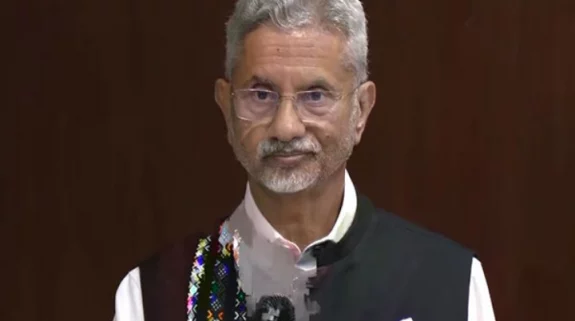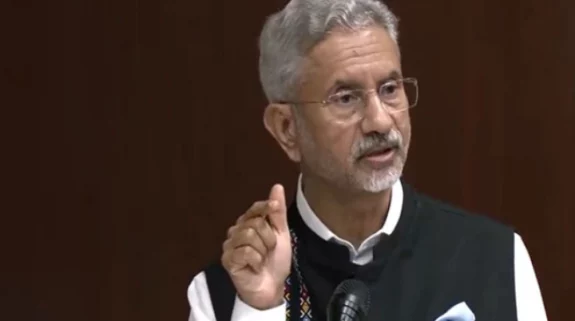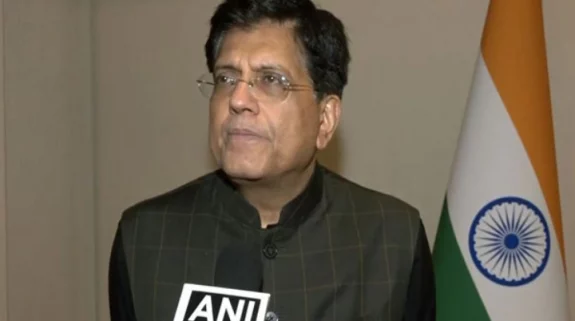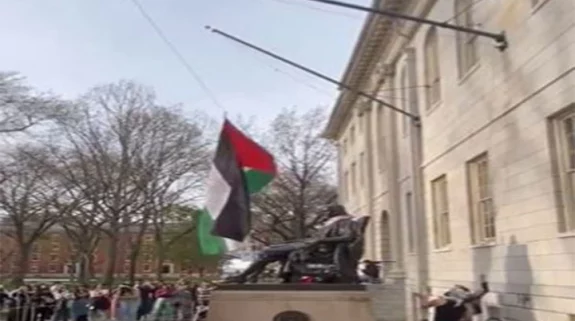India’s relations with Nepal have transformed drastically in the last seven years. The ties have moved from ‘special’ to ‘conditional’ with varying degrees of interactions between the political leaderships in the two countries. Whether one agrees, it is a lot to do with the non-resolution of the disputes, the widening trust deficit between the two neighbours, and the looming political instability in Nepal. In addition to bilateral and internal factors, the new geostrategic contestation for influence between India, China, and the United States in Nepal have further put Nepal on an unwanted act of balancing.
The Nepalese Prime Minister Prachanda’s four-day visit to India has garnered media attention in both countries. This is the fourth visit of Prime Minister ‘Prachanda’ to India as the Prime Minister of Nepal and the first state visit after becoming Prime Minister in December 2022. The visit aimed to further strengthen the age-old, multifaceted, and cordial relations between India and Nepal. The visit may see the signing of agreements on energy trade, border trade infrastructure, Nepal’s energy export to Bangladesh through Indian power grids, digital payments, and an additional air route to Nepal.
While the shift in bilateral ties from cultural and people to people to more economic engagement is a welcome step, what worries the most is the high expectations in Nepal concerning the resolution of Nepal’s western border with India and acceptance of the long-pending joint report of the Eminent Persons’ Group (EPG). Therefore, Prime Minister Prachanda’s visit is seen with mixed expectations across quarters with pessimism surrounding the border issue.
Interestingly Nepal’s foreign and security policy towards India is deeply influenced by public opinion—which has arguably been demanding an overnight solution to everything. It was during former Prime Minister KP Oli’s time when ultra-nationalism became the basis of the Nepalese foreign policy—which was primarily driven anti-India campaigns. By unilaterally changing its western boundary with India on a new map in 2020, then Prime Minister KP Oli took a short-sighted step that left little to diplomacy in resolving the border issue. Yet, recent efforts seem to have changed the rules and outcomes of the engagement.
An important change since the fall of KP Oli’s government in 2021 is the willingness of Delhi and Kathmandu to push for deeper economic relations. This change of perspective has been carried forward by the new political leadership of Prime Minister Prachanda. How far Prachanda can succeed in carrying forward a cohesive India policy will depend a lot on the willingness of the ruling coalition that he is leading.
Noteworthy, today Nepal is exporting electricity to India which helps Kathmandu to strike a balance in its trade deficit with India that for long has been part of the blame game in Nepal. For now, Nepal can export power up to 452.6 MW which may not be a big volume. However, it is not the volume of power exported to India rather it is Nepal’s self-realisation to tap its huge hydropower potential and willingness to trade it.
The Pancheshwar Multipurpose Project, signed in 1996, has not moved an inch since it was signed in 1996. The aching fate of the Pancheshwar Multipurpose Project must serve as a testimony to avoid bigger targets and doing nothing. Therefore, the progress made on the economic front is a good sign even though it’s slow.
With Prime Minister Prachanda aiming to revitalise diplomatic channels with India, Nepal’s relations with its northern neighbour—China needs a mention here. In the last decade, China has found reliable support among the Communist parties in Nepal to meet its objectives. The signing of the Belt and Road Initiative (BRI) in May 2017 was indeed the outcome of the Communist Party of China’s outreach to the Left parties in Nepal.
However, the zeal, euphoria, and symbolism with which BRI was signed, seem to have subsided. The project under the BRI has moved an inch with no single project completed in the last five years. Interestingly, BRI was projected as a symbolic victory for Beijing amidst the weakening of Kathmandu’s ties with Delhi.
Amidst the Chinese attempting to manoeuvre a strong influence in Nepal, the political echo these Chinese efforts and find it comforting to suggest that Nepal must balance between the two neighbours—which is unthoughtful. Nepal’s national interests shall be guided by the objective realities of geography and economic viability and not by an unrealistic propagation of a certain group. Nepal and China have their economic and security interests and the two must chalk out strategies in this regard but just because Nepal has ‘special ties’ with India, therefore it must also have the same with China, is utterly short-sighted.
For instance, the 2015 border trade disruptions between India and Nepal led to the signing of a Transit Treaty with China in 2016. China allowed Nepal to access its ports located 4000 km away from Kathmandu for its third-country trade. To date, no third-country consignment has come to Nepal through any of the agreed Chinese ports. Even the normal movement of cargo trucks remains disrupted due to the stringent security deployment in Tibet and Covid-19 control protocols.
Contrary to the Chinese hyperbolism on providing an alternative trade and transit route to Nepal, India continues to provide third-country import access to Nepal through the Kolkata port in India—located 700 km from the border—and several other ports across India which is cheaper and faster due to existing road and train infrastructure between the two countries.
On the other hand, there is an active involvement of the United States in Nepal in terms of development cooperation. The recent USD 500 million grant under the Millennium Challenge Corporation (MCC) from the US will be contributing to building roads and power transmission lines for Nepal. With Nepal exporting power to India, the installation of the transmission lines through US assistance will enhance the scope of the cooperation between India, Nepal, and the United States.
To conclude, between India and Nepal, there is little that divides but more that unites the two. With the socio-cultural, people-to-people, and religious ties facilitating the very foundation of the relations, the prospects of economic cooperation are futuristic and mutually beneficial. That said, what Nepal needs today is continuity in its foreign policy with well-defined objectives, and a stable government can help to achieve them uninterrupted. At the same time, India also needs to look actively engage with Nepal to resolve the trust issues.
Also Read: Nepal Prime Minister Pushpa Kamal Dahal leaves Kathmandu to reboot ties with India






